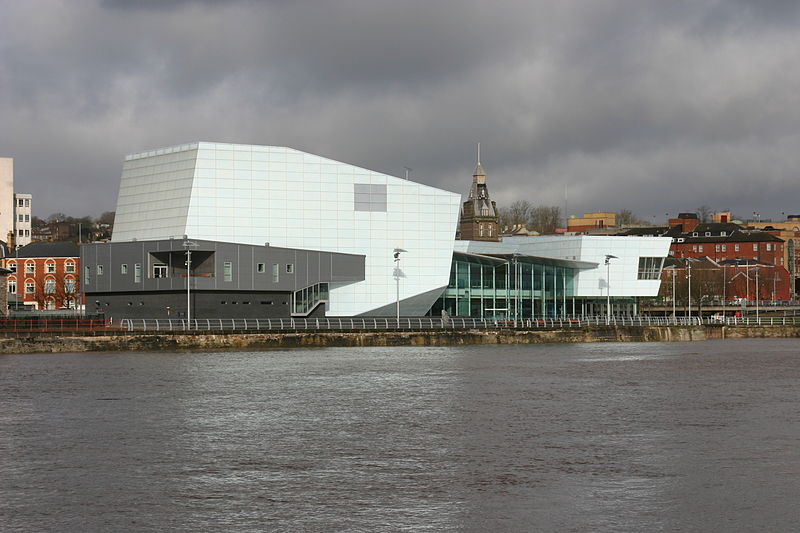 |
| Charlotte Edmonds's Fuse, one of tonight's choreographers
Photo Michel Schnater
Copyright 2016 Dutch National Ballet
All rights reserved
Reproduction licensed by the company
|
In Tell Tale Steps #2 30 May 2016 I mentioned the panel discussion and performance that will take place at the Stanley and Audrey Burton Theatre in Leeds tonight (see Northern Ballet's website Choreographic Lab Sharing). The company has now published a few more details on its website.
The members of the panel will include:
- "David Nixon OBE: Northern Ballet Artistic Director, choreographer and former dancer;
- Kenneth Tindall: Choreographer, 2015 Choreographic Lab participant and former Northern Ballet dancer;
- Dr Geraldine Morris: Reader in Dance at Roehampton University, specialist in the work of Frederick Ashton and former Royal Ballet dancer;
- Mary Brennan: Dance critic and writer;
- Chair Jane Hackett: Choreographic Lab Curator; Artistic Programmer and Producer, Sadler's Wells."
I hope the chair will invite questions and interventions from the public this year. Last year Mike Dixon asked for questions in the closing minutes of the 1 hour and 45 minute discussion. I asked one question and Gita the other. There wasn't time for any more (see My Thoughts on Saturday Afternoon's Panel Discussion at Northern Ballet 21 June 2015).
I missed last year's performances because I had to zoom down to Brum for the 25th anniversary celebrations of Birmingham Royal Ballet's move from London and David Bintley's 20th anniversary as the company's artistic director (see In Praise of Bintley 21 June 2015) but Gita stayed and she told me all about it. If it follows last year's format there will be some dancing followed by some chat.
I have a modest proposal for Northern Ballet's management if (as I hope they do) they run another Tell Tale Steps next year and that is to invite Darius James or Amy Doughty from Ballet Cymru to the discussion. In my humble opinion that great little company stages some of the best narrative work I have ever seen and they do it on a very low budget and with limited numbers. There is a precedent. Last year Northern Ballet invited Christopher Hampson who, together with Ernst Meisner, was my choreographer of the year last year (see Highlights of 2015 29 Dec 2015). Hampson made the best contribution to last year's panel discussion and I think James or Doughty would also have something of value to say.
I will give a full report on tonight's events after tomorrow. If you can't make it to the event Northern Ballet has promised to screen it over its YouTube channel. You can get a taster now from Tell Tale Steps 2, Choreographic Lab 2016.
I missed last year's performances because I had to zoom down to Brum for the 25th anniversary celebrations of Birmingham Royal Ballet's move from London and David Bintley's 20th anniversary as the company's artistic director (see In Praise of Bintley 21 June 2015) but Gita stayed and she told me all about it. If it follows last year's format there will be some dancing followed by some chat.


